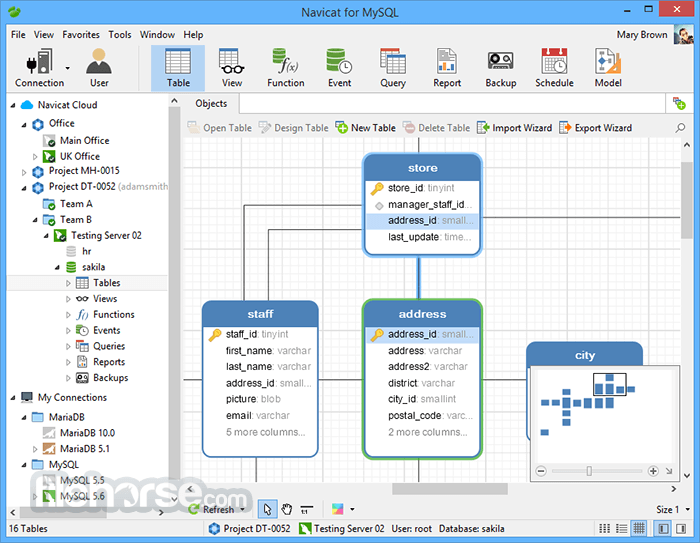I need also to point to my local plugins directory which is done with another JVMOption tag ‘-Dplugins.dir=~home_dir/ImageJ/plugins' 6. The application bundle runs JavaApplicationStub that was created using Apple’s bundler tool and Java1.6x and thus would not run the new ij.jar compiled using Java 1.7x. To achieve an appropriate application bundle, since Apple stopped providing their own tool, you need to use the tool provided by Oracle: Following their directions, I added code to the build.xml that is/was used to compile ImageJ and used ‘Ant’ in a terminal window to create the application bundle. It also turns out that Apple stopped including ‘Ant’ in the system so that had to be downloaded and installed from. This creates an application bundle that is similar to the original one for ImageJ, but the actual executable is now named JavaAppLauncher rather than JavaApplicationStub.

To increase the maximum memory available for Java modify the property -Xmx768m (This example sets the memory to 768MB but you can set it to any value that is appropriate for your system). Mac OS X: On Mac OS X, edit the Info.plist file to change the Java VM parameters including the maximum memory property. On Mac OSX, the version of Java used to run the IDE is generally chosen for you automatically, and the choice is based on an entry in the Info.plist file in the IDE installation.
How To Edit Info.plist In X Code
Then you need to compile your code into a.jar file (there are two types, one is like a.zip and the other is an executable) You want a normal JAR file, NOT executable, so to do that you first need to compile your code to get.class files, then open a command prompt and follow the instructions here: The command will look something like this: jar cf myName.jar *.class Once you have your jar file, you need to create a.xml file in the same folder and needs to be called build.xml. Edit it with a text editor. Follow the instructions on the link above to create it. It will look something like this: //build.xml From there (I'm using a Macbook Pro by the way) all you have to do is run a command line from that folder: ant bundle and it should create a.app file in a folder called release. So to summarize: all you need is your.jar file and build.xml file in the same folder, and then run the command: ant bundle (or whatever you named your target in the build.xml file, I named it bundle) Good luck, hope this helps anyone out there. If anyone is wondering, I took the Info.plist that was generated by the JarBundler and put it into the directory I was making and it worked! So that was the problem, I just didn't know how to format it right.
• Change the frequency and the date and time for the Java Update. Java Update scheduler will check for newer Java updates and notify you at the scheduled frequency.
• Enable anonymous logins. Mac ftp server software.
Joel Just in case anybody else runs into this issue, repairing the Disk Permissions with Disk Utility (found in your Applications/Utilities folder) will solve the problem of applications not launching (including the Installer). However, it won’t solve the problem of needing to downgrade your version of, say, Safari, if you happened to update it using your falsified OS X version number. In order to do that, it seems a full reinstall of a Combo Update package for whatever OS you were using (Leopard, Snow Leopard) is required. Guillermo Velasco Hi. I just suffered this morning the issue that makes my computer unusable.
Your computer will be safer and faster without this broken plugin. Best of luck. You are incorrect. If you follow the instructions I have given and leave JavaScript disabled, any attempt to use a Java based site will result in being told that you need Java installed. And JavaScript is separate from Java itself.
JRE and use of 'the latest Java version' that happens to be on the machine, touch general policies of Oracle and the relatively new appbundler approach. Oracle seems to prefer application providers to include an appropriate version of JDK, as produced by their ant task that is included in the appbundler. The task takes an existing JDK installation on the machine (presumably 'the latest') and prunes it slightly to make a bundled version for the app. I did not really do it like that, since I don't understand ant.
Mac How To Edit Info.plist For Java 1.7.0
Type your password to allow this.' Enter the Administrator login and password and click Install Software. The software is installed and a confirmation window appears. Click the for more information about the installation.